#achnabreck
Explore tagged Tumblr posts
Text







Achnabreck Prehistoric Rock Art Panels 2, Argyll, Scotland
#ice age#stone age#bronze age#iron age#prehistoric#neolithic#prehistory#mesolithic#paleolithic#archaeology#rock art#cup marks#cup and ring#cup and ring marks#symbols#ancient designs#ancient history#ancient living#ancient cultures#landscape#Scotland#Argyll#achnabreck#wild places
191 notes
·
View notes
Text
Achnabreck

View On WordPress
0 notes
Text

The Achnabreck cup and ring marks located in Kilmartin Glen, Scotland are believed to date back to the Neolithic period (around 4000–2500 BCE) or the Early Bronze Age (around 2500–1500 BCE). This makes them approximately 4,000 to 6,000 years old. Their creation likely spanned a significant period, reflecting evolving cultural practices during these prehistoric eras.
These carvings connect us to a time when early communities lived in harmony with their natural surroundings, possibly marking significant places, events, or spiritual practices. Their enduring presence showcases the craftsmanship and symbolism of those ancient societies.
Source: Facebook
Celts
6 notes
·
View notes
Photo

From my friend David C. Weinczok AKA The Castle Hunter on his blog and Twitter
"Now that I've sorted all 40000+ pics in my photo archive, I'll share 4 Scottish historic sites of all kinds for each letter every day. "
David has given me permission for his pics to be used in his
#ScottishWondersAtoZ, he supplies the pics I post a wee bit about the location. Hopefully it will give people an idea of where to visit in Scotland when tourism is reopened fully.
A is for Achnbabreck Cup & Ring Marks.
Still in Argyll, these well preserved Bronze Age cup and ring marks decorate a rocky outcrop at Achnabreck, at the amazing Kilmartin Glen.
Were they ritual, symbolic, spiritual, or 'just' an artistic expression? There are more questions than answers. We don't really know how old they are; all we can do is suggest that most similar rock art was carved between 3500 and 1000 BC, and the Achnabreck symbols probably date to the older end of that range, about 3000 BC.
At Achnabreck there are very large concentric ring marks on several rocky outcrops. The rings usually surround rounded depressions, or cup marks, rather like the rings of Saturn surround that planet. Gutters run through some of the rings, usually radiating out and down. Perhaps they were used to channel water out of the cup, but again, we do not know why.
The most impressive feature at Achnabreck is the circumference of the largest rings. These approach 1 metre across, that's a social distancing measure in today's language.
Achnabreck is signposted off the A819 just after it turns north into Kilmartin Glen. A forestry road runs east off the A road to a parking area, and from there a signed trail leads still further east for 500 metres to the carved stones. It should take no more than 10 minutes, and probably less, though good footwear is advisable as the trail can get wet and muddy.
Other carved rock outcrops around Kilmartin Glen include:
Ballygowan
Baluachraig
Cairnbaan
Kilmichael Glassary
Other monuments include:
Dunadd Hill Fort
Dunchraigaig Cairn
Glebe Cairn
Nether Largie North Cairn
Nether Largie Mid Cairn
Nether Largie South Cairn
Ri-Cruin Cairn
Temple Wood Stone Circle.
So there is lots to explore in this area.
35 notes
·
View notes
Text
In April I begin my spring tour of Scotland, focusing on historical sites. I’m starting in Edinburgh and Glasgow before driving to Kilmartin to see the Achnabreck rock art. From there, stopping in Oban before passing through Glencoe and staying a few days in Fort William.
After that, I’ll visit the Isle of Skye for a week to hike and take in the views. Then sailing on the ferry to Lewis and Harris to see the Callanish stones. Sailing back to the mainland through Ullapool, then driving down to Edinburgh to honour the old gods at the Beltane Fire Festival.
Then I’ll tour the historical sites of the Lowlands, starting at North Berwick. From there go to St. Boswells and see the four major abbeys. Then drive down the coast until Newcastle Upon Tyne (yes it’s not Scotland, but I couldn’t pass up a chance to walk Hadrian’s wall).
From there driving through Dumfries and circling the coast up to Ayr. There’s a great deal of historical places along that drive that are often overlooked. Then up to Falkirk, Stirling, Strathyre, Killin, Perth, Dundee, and St. Andrews.
Stopping in the Cairngorms forest for a few days to hike. I’ve always wanted to hike out to the ‘Scottish Pyramids’. Then a week in the Aberdeen area to view the many stone circles and to take a drive along the coast to Elgin.
Inverness is next, which includes a extra day at Loch Ness and a hike around Loch Affric. Then travelling north all the way up to John O’ Groats. Sailing to Orkney and spending a week exploring the wonderful islands. After that, sailing back to the mainland and finishing up the NC500 with stops at Smoo cave and Drumbeg.
Finally, driving back down to Edinburgh and heading home.
This should take me around two and a half months. It could be done much quicker, but the long list of historical places I’ll be visiting greatly adds to the travel time.
It’s not my first adventure like this, as previously I spent a year living in my van while touring New Zealand. On this Scotland adventure, I plan on staying at accommodations so as to have a hot shower and a warm bed every night.
Note: If you intend to travel to a country that is not your own, try to support local establishments as much as possible. Shop local, eat local, stay local.
6 notes
·
View notes
Text
A new perspective
Look at these two images. I took this photo at Achnabreck in the Kilmartin Glen in the West of Scotland many years ago. The Kilmartin Glen has hundreds of cup and ring marked rocks, standing stones and cairns dating back 5000 years to prehistoric times. As I wandered around the rocks, taking photos, on a typical showery day in Scotland, I noticed that when I looked at some of the water filled…
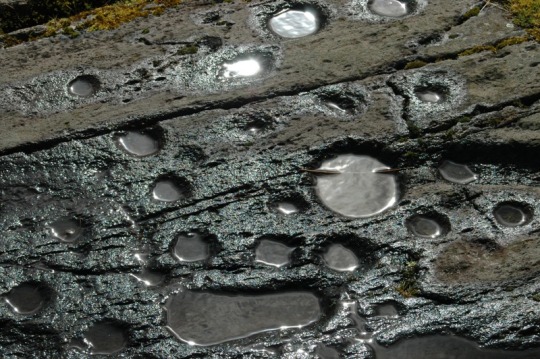
View On WordPress
1 note
·
View note
Photo

5000 year old cup and ring carvings at #Achnabreck. #KilmartinGlen #Neolithic http://bit.ly/2D7LQaz
0 notes
Text
Kilmartin Glen - Scotland’s prehistoric theme park

Anyone who roams Scotland’s hills will be well used to encountering ancient burial chambers and cairns. They cap the summits of many a Scottish hill, although more often than not you’re completely unaware of the fact.
Take Carnethy Hill in the Pentlands, or Tinto just a little farther south. Both hills are grassy and yet they both terminate in wonderfully rocky fashion by virtue of thousands of small stones and boulders. As we make our way precariously up those final few metres, trying to avoid a wobble or a sprain, how often do any of us consider just how they got there?
Truth is, they were painstakingly constructed by our distant ancestors, thousands of years ago. Many were used as burial sites, but many others have a function that is lost in the mists of time. But the point is, ancient monuments are everywhere in Scotland.
That said, many are in a state or, like the ones on the hills, in locations that encourage them to go unnoticed. One glorious exception to this is Kilmartin Glen in Argyll - a picturesque glen that stretches a few miles south from the small village of Kilmartin, to Lochgilphead on Loch Fyne. We’re not talking a sheer sided glacial showpiece like Glen Etive here, rather a more pastoral, broader and lower slung glen.....albeit with the odd craggy bit here and there.

The ancient monuments in this small glen can’t help but get noticed, as they litter the landscape like fallen leaves. Standing stones, burial mounds, henges, inscriptions and stone circles catch your eye at every turn, popping up in the gardens of houses, the walls of gardens, in church yards, in woodlands and up hillsides. They are everywhere, and together they make Kilmartin Glen one of the most important places in Europe for prehistoric monuments.
The superb website, Undiscovered Scotland describes it best when it says Kilmartin Glen is
‘...the nearest that mainland Scotland has to offer to a theme park of ancient (and not so ancient) history.’
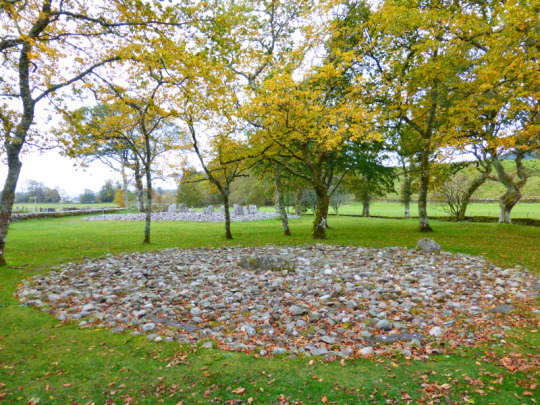
There are no big hills here. So not surprisingly, this part of Argyll is somewhere I’ve never set foot. Until last week my only foray into the area was back in 2003 when I drove down the Kintrye peninsula to Carradale. But certainly the huge swathe of the county north from Lochgilphead to Oban was a complete mystery to me.
I had three nights at Slockavulin, just south of Kilmartin, and before arriving I had no idea that the glen was of such historical importance. Usually as I’m roaming around the landscape, if I see a sign for a historical monument I’ll go and check it out, but I’m more used to seeing just one or two signs in a day. Here, I was encountering signs just minutes from the cottage I’d rented, and then there were signs every few hundred metres, it seemed. It was bonkers!

I had a morning exploring the monuments within a square kilometre immediately south of Kilmartin - the Temple Wood stone circle and burial mound, and the standing stones and burial chamber at Nether Largie. All of which are between 5000 and 3500 years old.

I didn’t choose to devote an entire morning to such a small geographical area, rather it was the inevitable consequence of visiting everything of interest. That’s how many of these things there are! In fact, the figure bounded about is that there are a staggering 800 ancient monuments within a six mile radius of Kilmartin village. That’s insane!! But standing among those few notable monuments that morning, all in such close proximity to one another, I could well believe it.
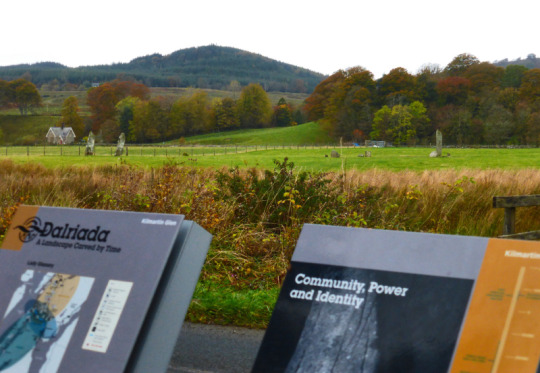

Of course, these monuments don’t look the way they do without very careful and considerate excavation, and sympathetic methods to ensure their continued protection. And yet, they all look wonderfully natural in the landscape. Yes there are a few protective fences here and there, a few panels to interpret the history for you, but it’s all done in a very natural way with as little interference as possible. Plus you’re not likely to get the mobbed scenes you get at Stonehenge in Wiltshire, so it’s easy to stand in solitude and quiet contemplation when you visit.
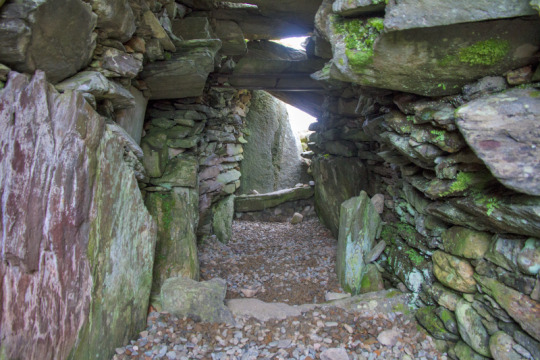
I walked around the standing stones, put my hand onto them, descended into the burial chamber and stood in awe of the beautifully circular Temple Wood stone circle. It was a very restful couple of hours, and a total eye-opener.
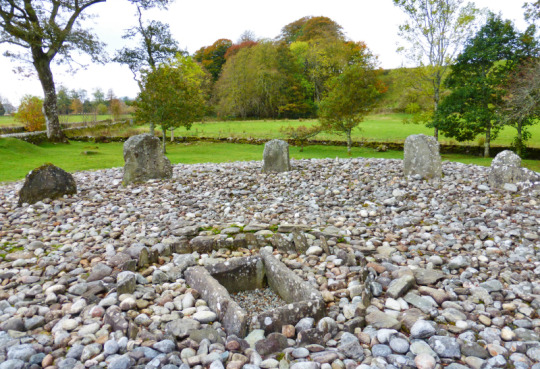
From there I drove a few miles south to Achnabreck. There’s a Forestry Commission site there with walks and mountain bike trails, but it’s also home to one of the best example of ‘cup and ring’ rock carvings - circular depressions and concentric circles, carved into stone faces. They’re found across Scotland and the Atlantic coast of Europe, but these are among the finest examples in the country.
The circles are almost 1m across and are believed to have been carved 5000 years ago. Their function was......well.....nobody knows what their function was, and the panels in the car park declare this proudly. In a world where everything is documented, shared, validated and commented on, it’s nice to find something that defies easy description or our attempts to understand it. Standing by the stone face, behind a protective fence I may add, it’s up to you to decide who carved them and why.

Personally, I like the doodling explanation, especially because when I was at college I would daydream and draw spirals and concentric circles across my workbooks, ignoring the lecture completely. Perhaps there was a large gathering of some kind on this hill, with a learned and spiritual leader blethering about something or other to the assembled masses sitting on the ground. And right at the back, out of sight, a distant ancestor was bored. Daydreaming. Chiseling away at the rock when he should have been listening.

#Kilmartin#Kilmartin Glen#history#Achnabreck#cup and ring#Nether Largie#Temple Wood#Standing stones#stone circles#burial mounds#cysts#Argyll
4 notes
·
View notes
Photo
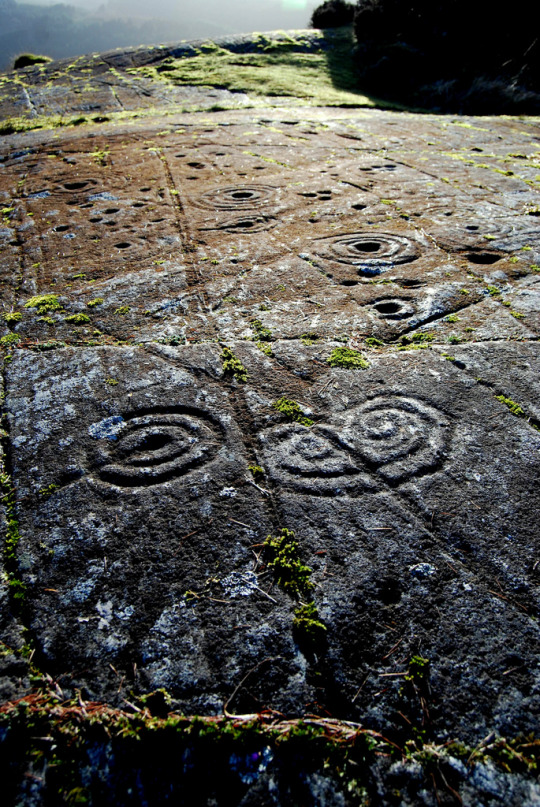
Achnabreck, Kilmartin Glen, Scotland - The largest expanse of Neolithic rock art in Great Britain, with rings, cups and gutters as well as some curious motifs like this horned spiral. This site was one of the first to be recorded in the 1800s. Scholars are slowly revealing some of its secrets, but it’s unlikely we’ll ever know exactly what the symbols mean. Recent scholarship has focused on how the symbols relate to the rock panels themselves (they usually respect the natural cracks, although this horned spiral doesn't seem to conform), looking at the artwork as part of an animate landscape. (by tychofarrar)
23 notes
·
View notes
Text


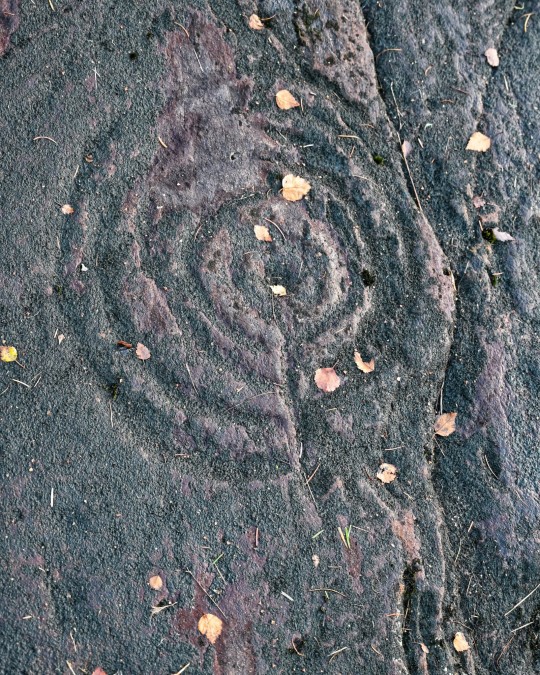
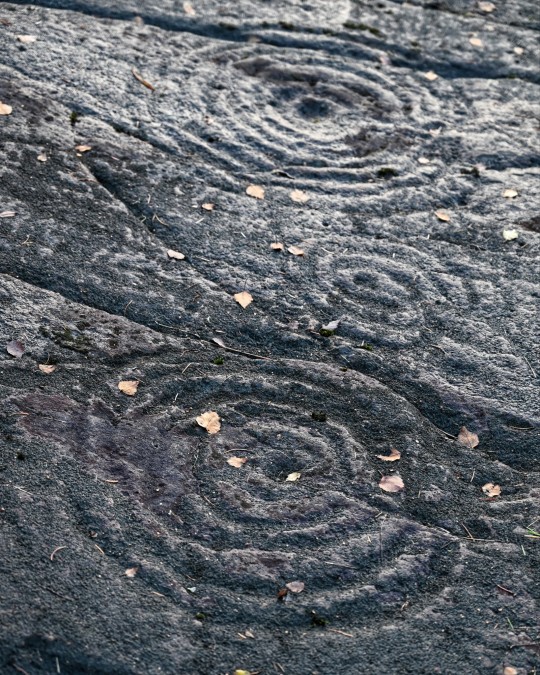
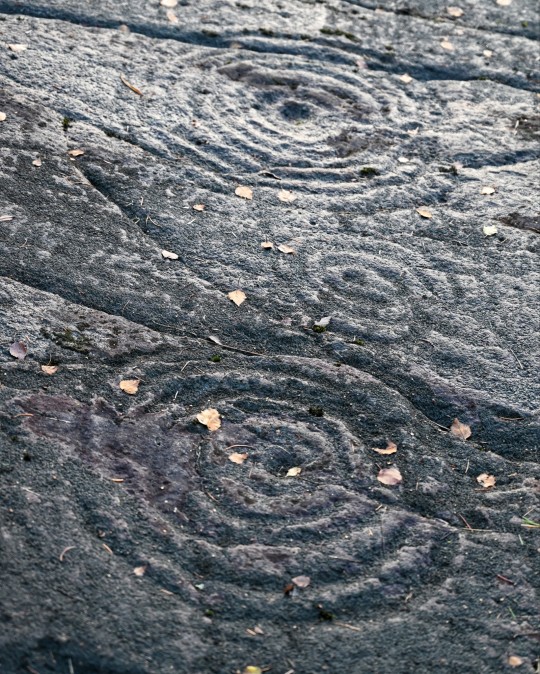



Achnabreck Prehistoric Rock Art Panels, nr. Lochgilphead, Argyll, Scotland
#ice age#stone age#bronze age#copper age#iron age#neolithic#mesolithic#calcholithic#paleolithic#prehistoric#prehistory#cup and ring#rock art#archaeology#landscape#ancient craft#ancient sites#ancient cultures
1K notes
·
View notes
Photo

Cup and ring marks in Achnabreck, Kilmartin Glen
Kilmartin Glen has a remarkable concentration of some of the most impressive cup and ring decorated rock surfaces in Scotland. The purpose, and even the precise date, of cup and ring marks is uncertain. They are found on natural rock surfaces at Achnabreck, Cairnbaan, and near Kilmichael Glassary.
by tychofarrar
#argyll#kilmartin glen#achnabreck#cup and ring#carvings#neolithic#bronze age#markings#cup and ring marks#spiral#scotland
113 notes
·
View notes
Photo

Achnabreck - a horned spiral by tychofarrar on Flickr.
"This place is magical. There largest expanse of rock art in Britain, with rings, cups and gutters as well as some curious motifs like this horned spiral. Scholars are slowly revealing some of this Neolithic rock art's secrets but it's unlikely we'll ever know just what the symbols mean. I find their enigmatic elegance hypnotic. This site was one of the first to be recorded in the 1800s. Its name probably means speckled field (not field of the trout as has been suggested). There are records of what local farmers thought the symbols meant, concerning the positions of planets when key events occurred."
403 notes
·
View notes
Text







Achnabreck Prehistoric Rock Art Panels, Argyll, Scotland
#ice age#bronze age#stone age#iron age#prehistoric#neolithic#prehistory#mesolithic#paleolithic#archaeology#ancient cultures#ancient living#cup and ring#cup marks#symbols#rock art#Argyll#Scotland
104 notes
·
View notes
Text









Achnabreck Prehistoric Rock Art Panels 1, Argyll, Scotland
#ice age#stone age#bronze age#iron age#prehistoric#neolithic#prehistory#mesolithic#paleolithic#archaeology#rock art#cup and ring#cup marks#symbols#landscape#outdoors#wild places#design#ancient cultures#ancient sites#ancient crafts#ancient living
66 notes
·
View notes
Text








Achnabreck Prehistoric Rock Art Panels, Argyll, Scotland
#ice age#stone age#bronze age#iron age#prehistoric#neolithic#prehistory#mesolithic#paleolithic#archaeology#rock art#cup and ring#cup marks#symbols#Scotland#ancient cultures
38 notes
·
View notes
Text


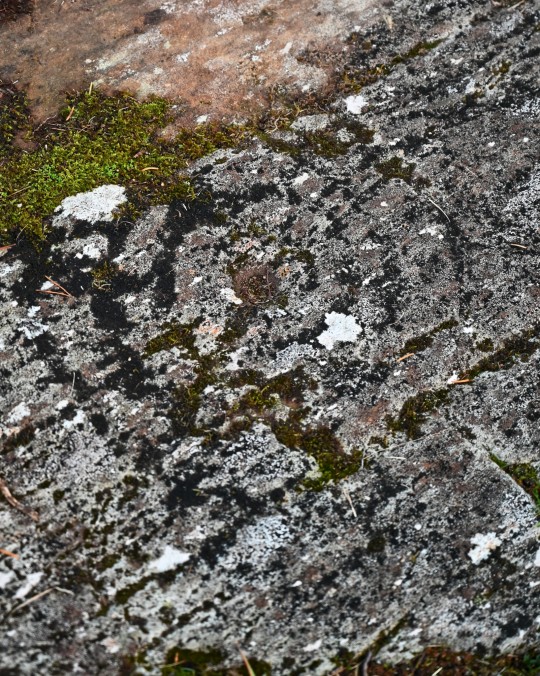

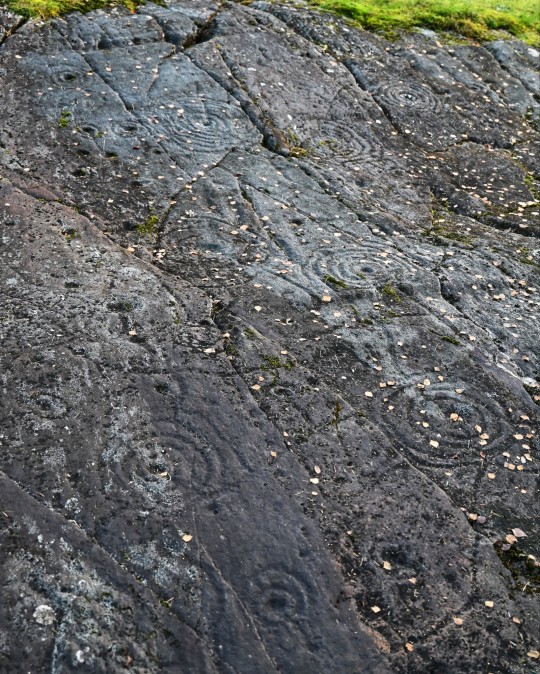


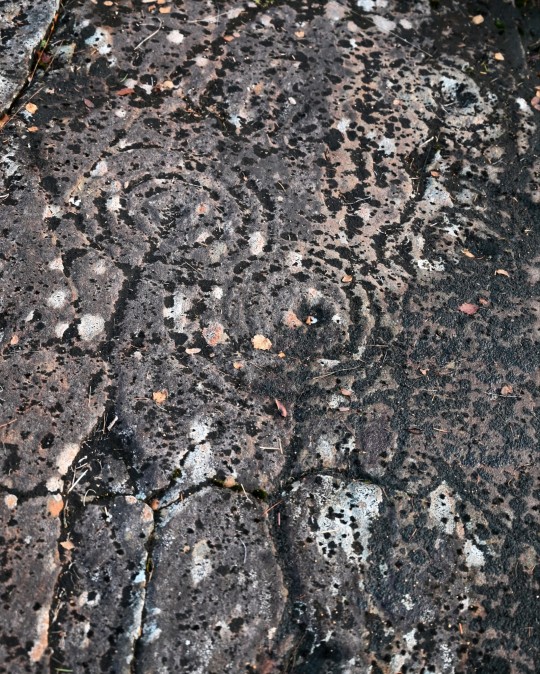
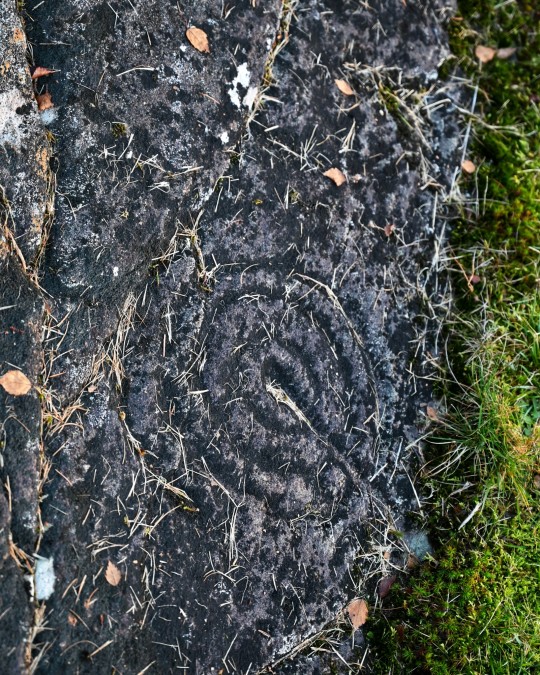
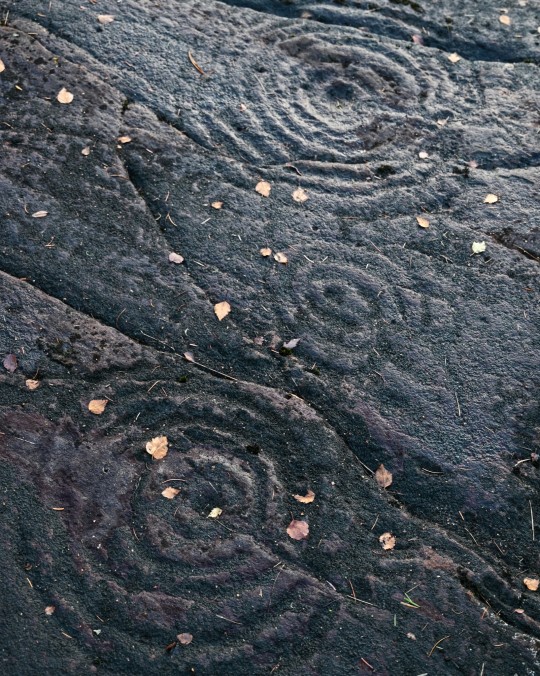
Achnabreck Prehistoric Rock Art Panels, nr. Lochgilphead, Argyll, Scotland
#ice age#stone age#bronze age#copper age#iron age#neolithic#mesolithic#calcholithic#paleolithic#prehistoric#prehistory#rock art#landscape#cup and ring#cup marks#ancient living#ancient craft#ancient cultures#Scotland#archaeology
206 notes
·
View notes